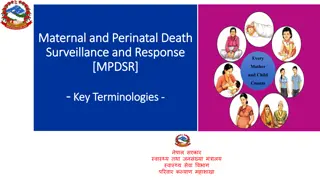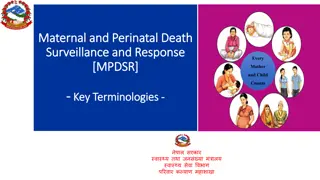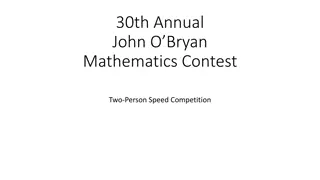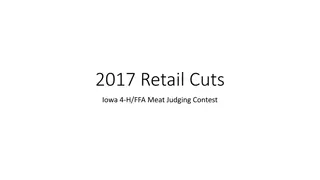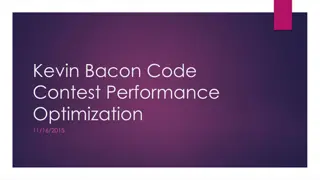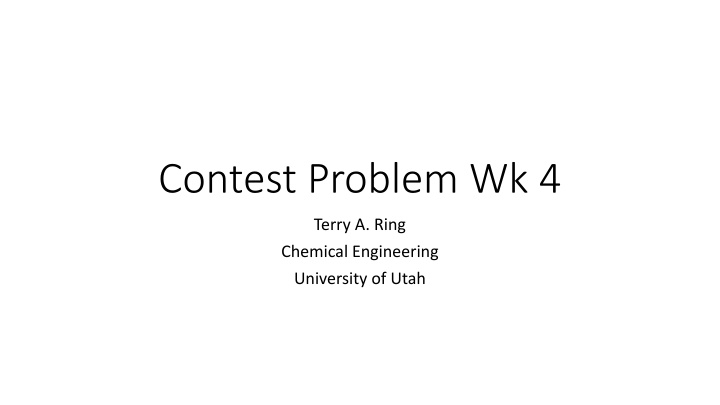
Pass/Fail Option for Students in University Settings
Explore the implications of choosing pass/fail grading options, its impact on GPAs, scholarships, and job prospects. Discover resources for finding reaction kinetics and resolving Aspen license errors.
Download Presentation

Please find below an Image/Link to download the presentation.
The content on the website is provided AS IS for your information and personal use only. It may not be sold, licensed, or shared on other websites without obtaining consent from the author. If you encounter any issues during the download, it is possible that the publisher has removed the file from their server.
You are allowed to download the files provided on this website for personal or commercial use, subject to the condition that they are used lawfully. All files are the property of their respective owners.
The content on the website is provided AS IS for your information and personal use only. It may not be sold, licensed, or shared on other websites without obtaining consent from the author.
E N D
Presentation Transcript
Contest Problem Wk 4 Terry A. Ring Chemical Engineering University of Utah
Pass/Fail Option for this Course Students can opt in for pass/fail (credit/no credit in UofU parlance) in each course until April 10. Students will receive a letter grade for all courses for which they do not opt in for credit/no credit. Students can also choose to withdraw from a course until April 10. A withdrawal indication will appear on the transcript in this case, but there will not be a tuition refund. The credit/no credit opt-in website will be operational on Monday, March 23, but the FAQ is already posted (https://registrar.utah.edu/Spring-cr- nc.php). Faculty will enter grades as they would normally. If a student has elected credit/no credit, the letter grade will be converted to credit or no credit on the transcript.
Things to consider about Pass/Fail Option Some students need to raise their GPA to keep a scholarship, graduate with honors, or be more competitive in the job market. Federal financial aid and some university scholarships depend upon grades. Students repeating a course cannot replace a grade with a CR. Those who are headed to grad school should know that Graduate programs evaluating applicants transcripts usually convert Pass to C-.
Questions for the Week Do you have any resources containing the kinetics for an ammonia synthesis process with an iron catalyst? If not could you give us some pointers on how to find reaction kinetics? Our team has spent the last few hours trying to find them online to no avail. I have placed two articles with Ammonia Kinetics on Iron Catalyst in the file folder for the Contest problem in Canvas. The original kinetic paper by Dyson and Simon (1968) is a little hard to follow so I have also provided a paper by Sanchez and Martin (2018) which is a condensation of Dyson's and Simon's work, see equations 35-37 and 41-43. If you use activity based reaction in Aspen you can ignore with the activity coefficient eqs 45-47 as well as the effectiveness factor eq 48 and assume catalytic activity (Omega) equal to 1. Units of the reaction rate and pressure in Sanchez and Martin can be found in the Nomenclature section at the end of the paper. Alternatively you could used the kinetics from HW 3 which came from an older paper, Tempkin, M. and Pyzev, V., Kinetics of Ammonia Synthesis on Promoted Iron Catalyst, Acta Physicochim, USSR, 12(3)327,(1940). The Dyson and Simon rate equation was developed for high pressure data The Tempkin rate equation was developed with low pressure data
Question Aspen License check out errors I have asked Brian Gregorcy to check into this and make appropriate changes to the system to accommodate all of you. License dongle trouble was responsible Problem has been resolved
Review of P&ID Expectations Useful Web Tools - https://instrumentationtools.com/pid-guidelines-centrifugal-compressor-systems/ P&ID Tool Visio (available via Remote Login)
Storage Tank Note Blanket Gas Pressure Alarms Pressure Relief Valve Vent Valve Level Alarms Level Control Recirculation for Mixing Anti Siphoning MW = man way
Please Note Pressure Relief Pressure Indicator (PI) goes to both Pressure Control Loop Anti-Surge Control on a Recycle Loop Surging is the oscillation of the output pressure This is not good for the equipment Anti-Surge Control has the following Characteristics Pressure Indicators before and after the compressor Flow Indicator Cascade Controller is used One Signal from P One Signal from Flow Rate Vents in Various Places Temperature Control of Fin-Fan Motor Drive Flare has a Pressure Relief Valve (PRV) and has a Car Seal Open Valve allowing the PRV to be routinely tested and replaced if necessary Car seals are a simple device used to lock or 'seal' a valve in the open or closed position to prevent unauthorized operation of the valve.
Additions Level Control Add alarms for High and Low level to improve operational safety Pressure Control Add alarms for High and Low Pressure to improve operational safety Temperature Control Add Alarms for High and Low Temperature to improve operational safety Add Double Block and Bleed for all Instruments and Control Valves Add Fail Closed or Fail Open Symbols on Valves
Sour Water Stripping Tower - sulfide-laden water is stripped of sulfur compounds by the addition of hot steam Cooling Water Steam Feed HX HX Product CW Sour Water Feed
Level Control Note Alarms High Low Level Gauge Level Indicator is a P Transducer (LT) Level Controller adjusts Control Valve From All the Instrumentation Level Control is very Important to this Unit!
Note Double Block and Bleed as well as By-pass on Cooling Water Temperature Control Valve NC = Normally Closed
Going Forward Please send your questions via email to ring@chemeng.Utah.edu




